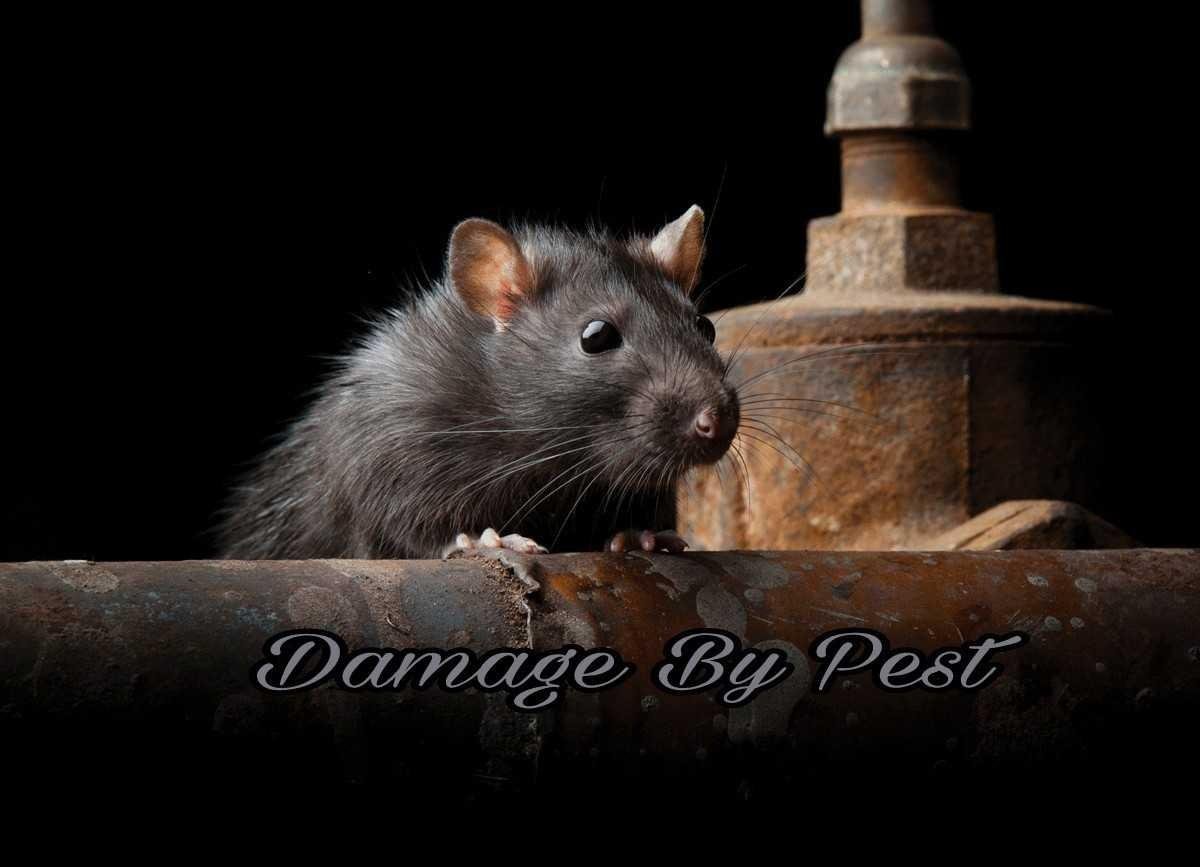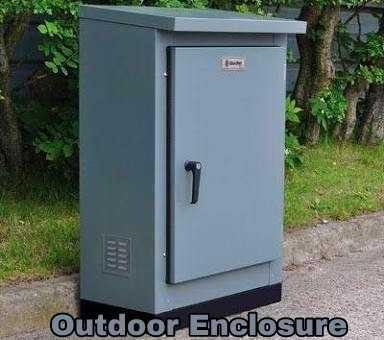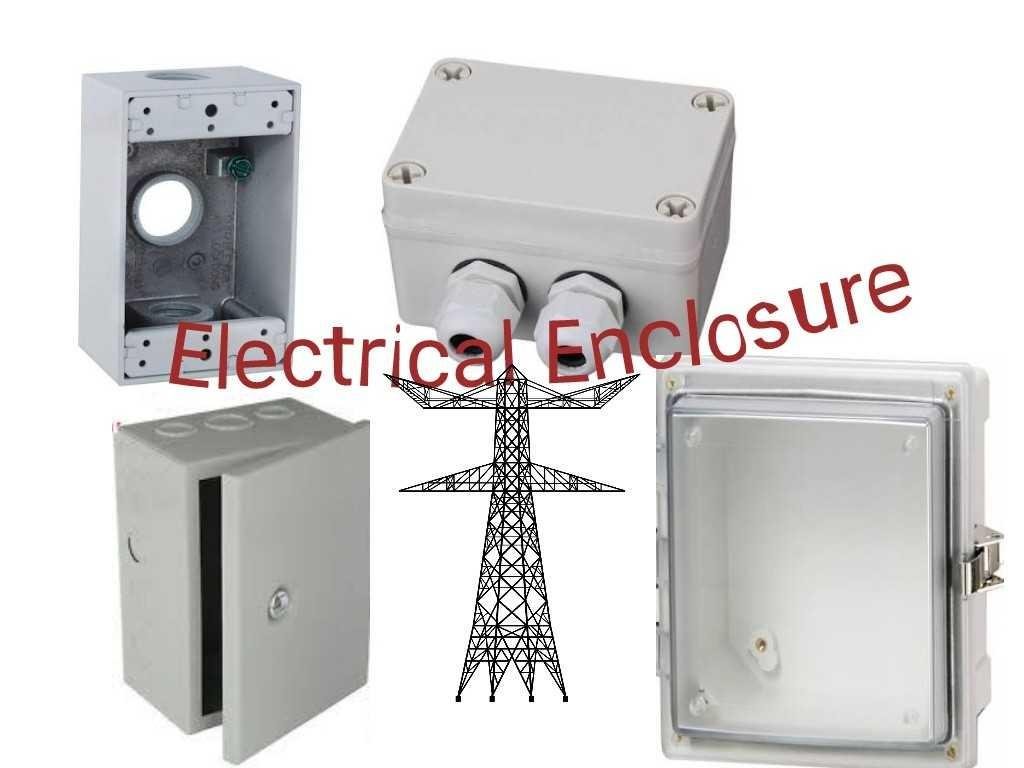Here I come with another eye open for electrical maintenance. It is clear that most electrical technician with some understanding know that pests can quickly infiltrate and cause damage to electrical components inside control and power enclosures. In one of my article, I talked about the trouble that an electrician needs to look out for and the pest is part of what I mentioned... You can read about it here

PicsArt: Pest in An Electrical Panel by samest
Some small insects, snakes, and rats will take over an enclosure or housing unit due to the fact that this usually provides them with protection from the predators and weather. From the reports, records, and experience the most costly cause of the fire or total shutdowns in the electrical system or enclosure can be traced to damage room pests.
During installations, inspection or maintenance the damage caused by the pest can be easily controlled or prevented. The prevention I'm talking about many electrical profession don't know that with little education on pest behavior with proper specification on electrical enclosure the failure can be prevented before I release the preventive measure to take we shall look at some possible pest behaviors in this line of work.
Common Pest Behavior in Electrical System
- Rat
Rat is one of the most cause of failure in an electrical enclosure. A study has shown that rats chew on electrical wires causing damage to the wires. Rats have a pair of continuously growing incisor teeth in both their lower and upper jaw due to this fact they have there continuous gnaw on objects to wear them down and limit the growth on the teeth (prevent them from becoming too long).
In another review by internet center of wildlife damage management mice and the rat has this features below:
To gain entry to an enclosure/ building, they can climb or run along electrical wires, fences, poles, pipes, cables, and trees. When rat sighted rough vertical surface like wood, brick, concrete weathered sheet metal and some plastic products they climb them easily.
Majorly they are horizontally crawling through or along pipes, conveyors, augers, underground utility, conduit and communications lines.
The materials like wood, rubber, vinyl, plastic, aluminum sheeting, lead and concrete block rats/mice gnaw through them.
A business or industry that food storing is their major activities, they are prone to invasion by the rodent, it is of major importance to stringent sanitation practice at all time.
Based on information from Internet Center for Wildlife Damage Management (available at 👉), there are many damage this can cause the company. You can go through the information by a single click on above emoji.
- Ants
Reading through a journal by one of college station in Texas, I discovered that electrical workers need to be aware that ants will meet in enclosures. During my site inspection, I have experienced many this and the dangerous effect of this is that ants will always defend their colony, which is a physical threat to electrical personnel.
The building of nest with soil which can corrode components is part of the features ants has and this can cause control failure in the electrical system.
Read more about managing fire ants in electrical enclosures 🤞
- Bees and wasps
This is another pest that finds small openings which will awards them access into most electrical enclosure easily. The major problem here is how to eliminate them without getting stung. To kill off a wasp nest is very tricky and you need to be very careful according to soil and microbial scientist. Any attempt effort to kill the bees bring about retardation from the occupants of these nests by stinging the daylights out of anyone attempting to do so.
- Snakes
Just like how mice and rats enter electrical boxes, snakes do the same to look for food. The climbing ability of a snake makes it easy for them to slither up and down the electrical conduit.
The shape of the snake by the electrical panel will get them shocked and this will affect the whole system and cause a short circuit or electrical fire.
It was recorded in 2017 that a snake knocked out power after it enters a substation in Jacksonville, Florida with over 21,000 customers therein.
What is the preventive measure to take?
In other to prevent electrical equipment been damage, it is advisable that electrical professionals ascertain the building, environment, and controls are secure. For your information pests are experts at searching even the smallest openings no matter if the controls are outside or inside. Access by any pests into the structure of a building is a direct walkthrough to all passageways for cables, pipes, and conduits that are integrated into the walls and ceilings, and this is difficult to eliminate them after they are already in.
One of the best ways to prevent this from happening is by inspection. On inspection, you look out for the building's foundation, pipes, outlets, gaps at the base of a door/window, then prevent the pest from entering.
It is certainly proper fill of any openings with or without pest-proof materials will help. What are pest-proof materials? This is materials that pest cannot easily penetrate. E.g. wire mesh, concrete, stainless steel wool, aluminum, copper.
Note: Food smell on the wire attract pest into the control panel, therefore during installation it is important to maintain clean hands and keep away all food items from power and control devices.
Enclosure Specification
It has brought to my notice that many electrical fires on panels were due to cost-conscious by the installer, building owner and contractors. Many are cost-conscious when it comes to purchasing of materials. Electrical components like enclosures are not what some personnel take seriously. Here we need to be careful, it is advisable to select an enclosure designed to guide against intrusions.
On the lookout for enclosure there are many options like, which material its made up of, the ratings, and sometimes the hardware is also apart of what we should look out for. During planning, have the understanding that every application has unique demands, and many performance capabilities are inherent in certain material choices. However, an errant or overestimated material choice can have many repercussions in the life cycle of a product. It makes sense to select a product that is sufficient across the board.
What are the types of an enclosure?
Based on environmental factors, the selection of enclosure needs site inspection and the location of installation must be properly audit. Corrosion resistance material is the best enclosure but due to high cost, many don't go for it. It is advisable where long life, weatherability, and corrosion are critical go for stainless steel or premium metal materials for panel enclosure. Meanwhile using stainless steel material does not mean there won't be an early failure of the enclosure, areas like coastal saltwater or chlorine need to be examined before installing stainless steel material.
Note: Steel is easily denting due to the characteristics of high strength and low toughness.
Another available enclosure is a nonmetallic enclosure, fiberglass and polycarbonate material which have several advantages over stainless steel material.
Nonmetallic enclosures are easy to modify (easy to drill cutouts)
They are non-conducive and can withstand extreme cold//heat.
They are cost effective like stain steel enclosure.
Let's check out enclosure ratings
There is a code of conduct guiding electrical system and it is legalized by some law force agencies, one of them is The National Electrical Manufacturers Association (NEMA). NEMA has standards for enclosures that indicate the amount of protection they are designed to provide. The standard follows the tag called TYPE, whether indoor or outdoor with the location of installation it must fall between type tag by NEMA’s standard. You can read further here

PicsArt: Outdoor Electrical Enclosure by samest
Let me expatiate more of NEMA 4X enclosure standard. Ingress of a solid foreign object like windblown dust is what NEMA 4X standard guide against. The degree of this protection is to any equipment inside the enclosure according to NEMA standard. It also protects equipment from ingress of moisture (snow, rain, splashing water). If the seal by the enclosed can protect this then pest has no access to get into the control panel.
On the other hand, some commercial and industrial environments like warehouse damage enclosure due to collision by there heavy machinery, vehicles and this can be a daily occurrence cause of the nature of there operation. The international recognized IK rating come with a standard that will guide against quick damage on the industrial enclosure. These IK ratings are defined as IKXX. XX represent series of number starting from 00 to 10, each number represent the degree of protection an enclosure provides against mechanical impact.
Note: The higher the number the more protection it provides meaning IK10 is the highest rating in IKXX standard.
References
Business Insider Journal: 11Strange Things That Caused Power Outages by Kevin McLaughlin
Action Newsjax: Snake Knocks out Power for 22,000 Customers by Deanna Bettineschi
Automationdrive: Electrical Enclosure
Fibox Article: Ip classification by Fibox
Wikipedia: Electrical Enclosure by Kvng
Your Sincerely
Engr. Samest




